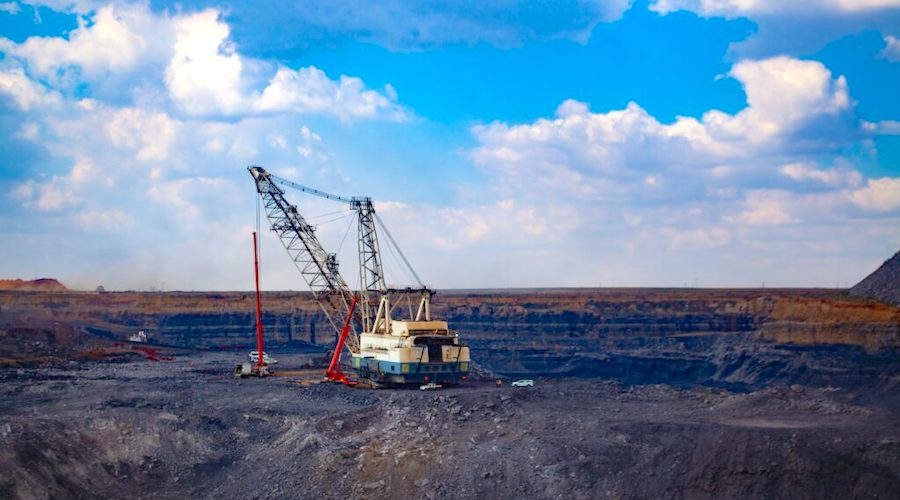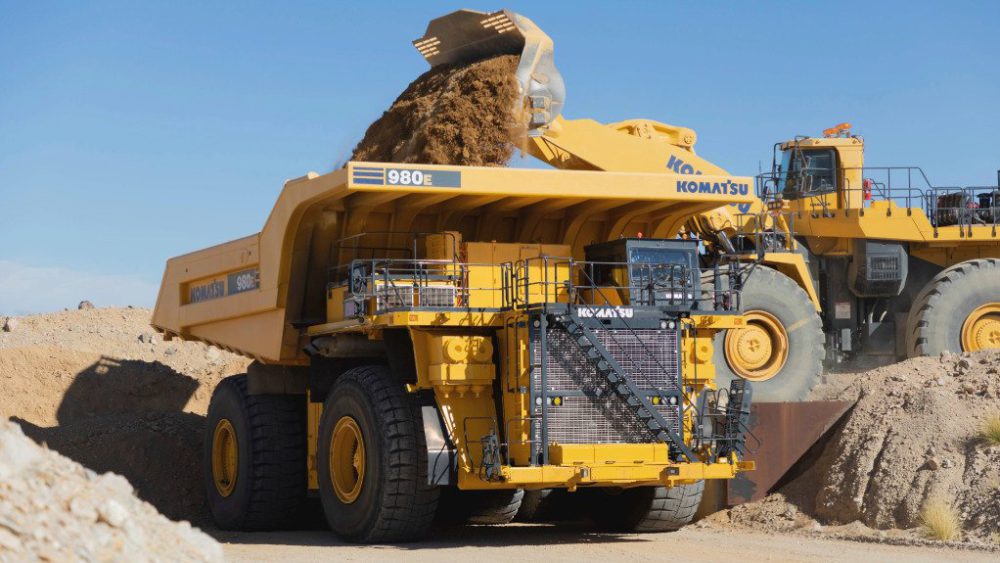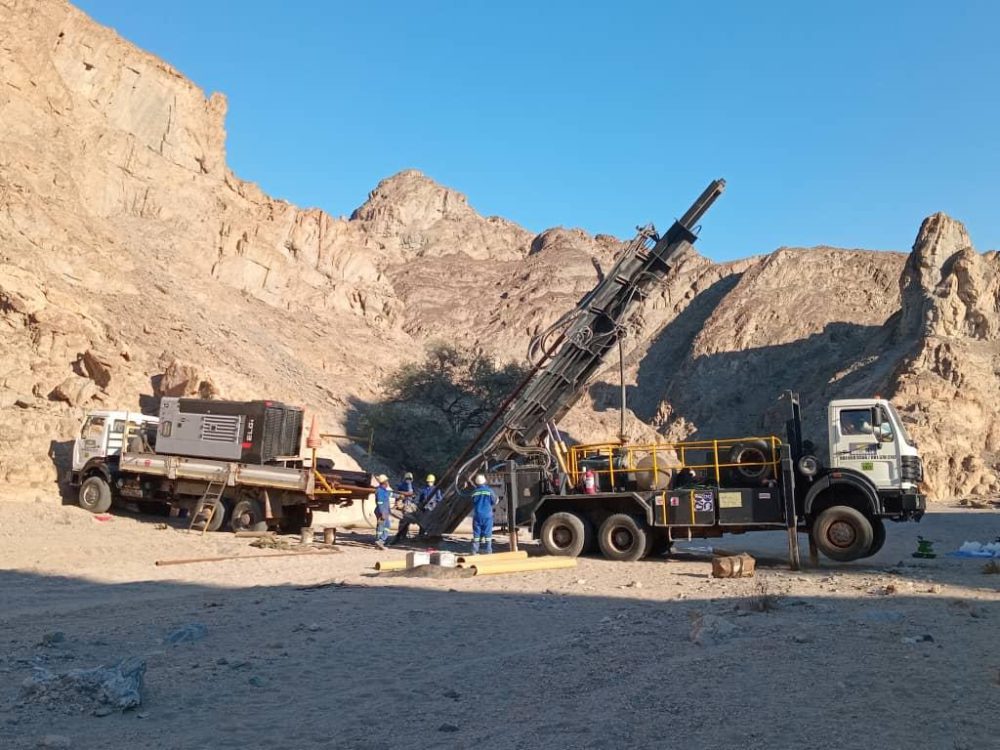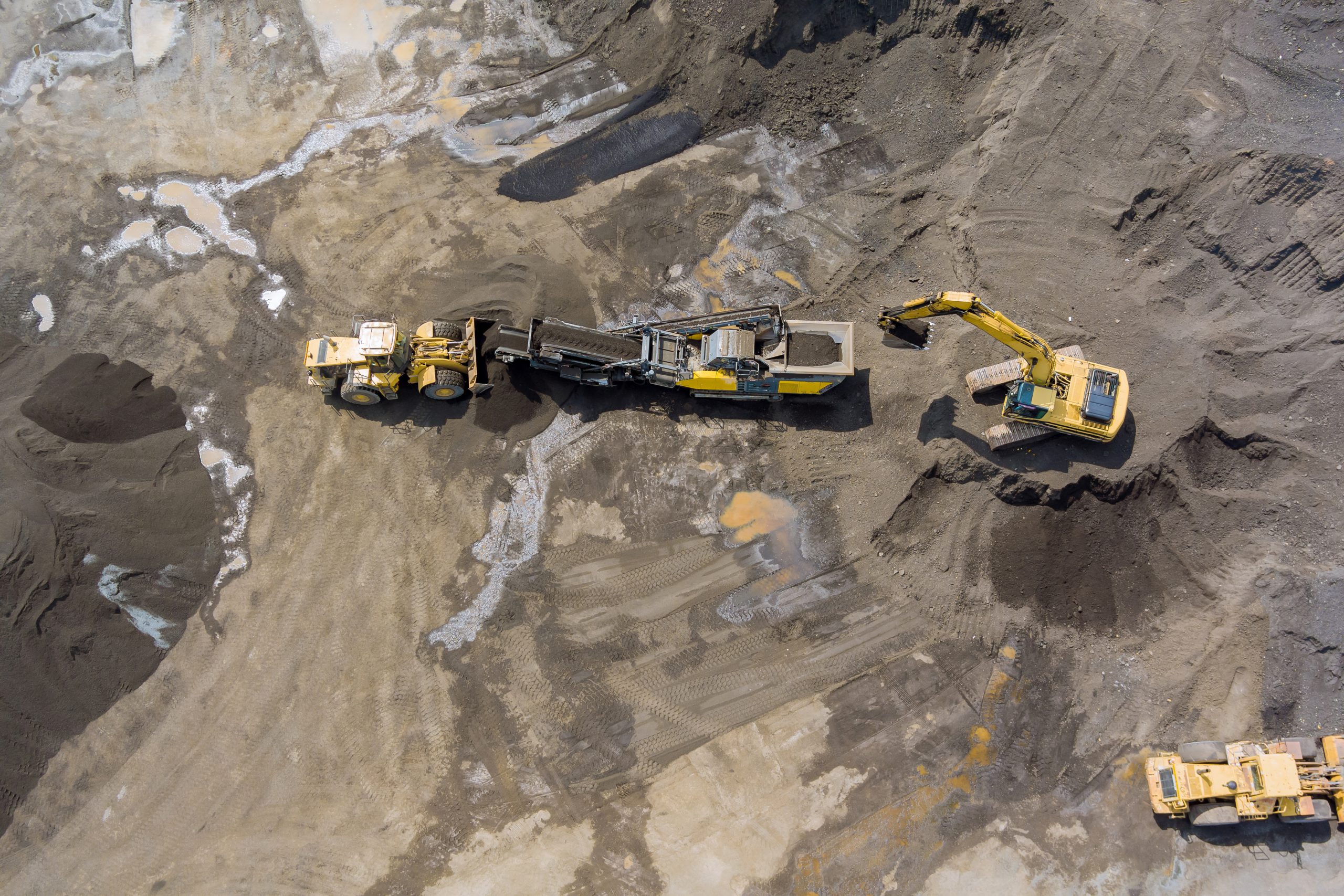Resurgence in Canadian Mining Schools Long Overdue
To download the full version of this article including tables in PDF format, click here.
New students are swarming into Canadian mining schools this September. The surge in mining student enrollment is a major turnaround after declining enrollment in the past few years. There are spectacular increases in student enrollment at the University of Toronto where this year’s incoming class is up 412% over last year, the University of Alberta (up 380%) and British Columbia Institute of Technology (up 237%).
Part of the reason for increased numbers may be that the discipline is pulling in a broader range of people. Mining schools are attracting computer wizards, adventurers, discoverers and designers, in addition to the traditional lovers of a mining lifestyle. Positive mining stories in the press and an encouraging employment situation in the sector have encouraged a new generation of students, many of whom have little direct knowledge of the mining industry. As Professor Dwayne Tannant of the University of Alberta says, “Mining schools are marketing their programs more actively.”
Nine Canadian universities offer Mining Engineering, all with the options of co-op study, regular study or extended work terms: University of British Columbia, University of Alberta, Laurentian Univers- ity, University of Toronto, Queen’s University, McGill University, cole Polytechnique in Montreal, l’Universit Laval in Quebec City and DalTech in Halifax. Mining Technology is offered at BCIT, Cambrian College and Haileybury School of Mines.
The next generation of consultants, professors, mine operators and mining executives will be drawn from the current class of mining engineering students. According to Professor John Hadigeorgiou of Laval, the objective of all mining schools is to train well-rounded mining engineers capable of handling a wide variety of challenges in any type of mining environment.
The universities do not compete for undergraduate students, according to Professor Ferri Hassani of McGill. Students chose to attend a specific university based mainly on proximity to their home, and then select a specific engineering discipline. The Overview table shows the source of most students and the distinctive features of the universities that offer Mining Engineering.
The current increase in student interest in mining careers is welcome, but very much counter to national and inter-natioal trends in the past years. The U.S. mining schools indicate that their enrollment is unchanged from last year. The table of student numbers illustrates a dramatic decline in Mining Engineering graduates over the past three years. The incoming class in September 2003 is still less than the number of graduates in 2000. This year’s incoming class of mining engineering students increased by about 10 students due to the “double-cohort” from Ontario high schools. The University of Toronto is the only university enrolling mining engineering students directly from high school. UBC, University of Alberta, Laurentian and Queen’s all recruit from their first year general engineering program.
Female mining engineers
Canadian Mining Schools have long traditions, some dating back over 125 years. These traditions did not include female mining engineering students until about thirty years ago. The few women that did enter engineering were not encouraged to join the mining industry by prevailing attitudes at the time, such as the unwritten ban on women going underground at many mines. Justyn Kuryllowicz was the first Canadian female mining engineer, graduating from McGill in 1978. She progressed to become assistant to Canada’s Minister of Mines.
Women today comprise an integral part of Canadian mining schools, and make up 25% of this year’s graduating class. Kathy Kalenchuk of University of Alberta is an example of the new dynamics for women in mining schools. As team captain, Kalenchuk lead the University of Alberta team to first place in this year’s Canadian Mining Games.
Queen’s accounts for seven of the 20 female mining engineers graduating in Canada this year. Queen’s has over the past five years averaged about 24% female students, about 5% higher than the average of the Queen’s Engineering Department. Female graduates now working with mining companies say that Queen’s Mining School does an excellent job of advertising its female students, graduates and teaching assistants as role models to the incoming first year engineering students. This results in Queen’s having a “critical mass” of four to eight female students per year compared with zero to four at other universities.
Postgraduate mining engineering programs
There is competition by universities for MASc and PhD students as well as research funding to support these programs. Students at the masters and doctoral level tend to seek out specific university programs based on funding, research projects and professor specialties.
Most of the postgraduate students are from Canadian programs and they are normally training for careers in consulting or teaching.
International students
US and European mining schools are experiencing declining enrollments and closures. In 2000, there were 148 mining engineering grads from 16 US mining schools, two of which closed last year. Professor van Zyl, director of the Mining Department at the University of Nevada, Reno, indicated, “As many as 50% of newly-graduating mining engineers [in the United States] are employed by aggregate producers in the U.S.A.”
According to Professor Tim Shaw of the Royal School of Mines, London, UK, the declining student enrollment is resulting in closures to bachelor-level programs at the Royal School of Mines and Nottingham. The remaining European schools at Camborne School of Mines, Leeds University, Aachen, Clausthal, Freidberg and the one cole des Mines in Paris are having difficulty attracting students.
“Our mining schools have increased international responsibility in view of the declining enrollments and closures of mining schools in other countries,” states Professor Malcolm Scoble of UBC.
The University of Toronto tends to attract a high portion of international students.
U of T’s Lassonde Mineral Engineering Program tends to have the highest percentage of international students, who made up over 30% of the first year class at U of T in September of 2002, the highest of all mining schools. According to Professor Will Bawden, head of the Lassonde mining program, “Our international students add much to the overall student experience at the University of Toronto and our program.”
UBC, McGill and Queen’s each have 5-10% international students. Laval and Polytechnique usually each attract one or two international students from French-speaking areas of Africa.
Continuing education
Updating and refresher courses are a necessity, for graduates to stay current with today’s technology. In partnership with the Canadian Institute of Mining, Metallurgy and Petroleum and EduMine, UBC offers a Certificate in Mining Studies with courses in blasting, underground mine design, rock engineering, acid rock drainage and social issues. These courses, available by Internet, are combined with two-day courses at UBC’s Summer and Winter Institutes.
Queen’s offers courses year-round in blasting, open pit and underground modeling, mineral economics and mining risks. Specialized courses are offered by other universities such as the one-day course Laurentian offers on mine automation.
Future demand for mining engineers
The following table shows that the current numbers of mining engineering graduates would appear to be only adequate for the next five years and falls short of replacing mining engineers as they retire over the next 10-15 years. The number of mining engineers expected to retire over the next 15 years is based on their age profile and estimates of the total number now. The Canadian Council of Professional Engineers’ recent survey estimates that there are 2,400 mining engineers in Canada, about 1-2% of
the 160,000 professional engineers in the country.
We thank the Professional Engineers Association of BC and the Order of Engineers in Quebec for providing the exact year of graduation of registered professional engineers with degrees in Mining Engineering, to derive the age profile.
Ten years after graduation, 50% of mining engineers are no longer involved with the mining industry; the remaining 50% are split equally between the mining industry and the mining service sector, according to Professor Jamie Archibald of Queen’s. Therefore, about 140 to 170 mining engineers per year are needed over the next 10-15 years to replace the retiring mining engineers, allowing for 50% of the graduates to leave the industry. (There is no adjustment for MASc and PhD graduates, since they are already included in their previous graduation from the bachelor’s level.)
This number would replace the retiring mining engineers but does not take into account any increased demand due to the increased global presence of Canadian mining companies or increased use of technology.
The mining industry is challenged to provide jobs for mining students. The most important jobs are probably the summer or co-op jobs for first and second year students, because undergraduate students perceive the health of the industry based on the number of job opportunities.
This support by the mining industry is essential to attract students into mining engineering, help pay for their studies and provide on-the-job training. An estimated 70 extra summer or co-op jobs are required this year in order to maintain the enrollment of about 150 mining engineering students.
Canada’s leadership role in the global mining industry can continue, with Canadian mining schools levering mining talent to the fullest extent.
******************************************
ENDOWMENTS
Mining departments typically have lower student enrollments and require specialized lab work resulting in about a 30-50% higher cost per student compared with other engineering disciplines. By providing endowments to mining departments, the mining industry allows some of these costs to be covered “off budget” and not subject to university funding cuts.
Any endowment is welcome; however, a large endowment can have double or triple the impact with matching grants from NSERC as well as other government assistance.
An example of a large endowment is the $5-million commitment made by Pierre Lassonde, then CEO of Franco-Nevada, to the University of Toronto in 1995. This endowment allowed the Mining Department to restart (as the Lassonde Mineral Engineering Program) resultingin 58 new graduates in Mineral Engineering to date.
When various Mining Schools were asked what they would do with a potential $1-million endowment, they answered as follows:
1 Laval and Queen’s would fund undergrad scholarships.
2 Daltech, McGill, U of T and U of A would fund chaired professorships. UBC would hire a sustainable development specialist to direct graduate research.
3 Laval, DalTech, Polytech, Queen’s and U of A would buy lab equipment and software.
4 Laurentian would build a research lab in rock fragmentation and underground robotics.
******************************************
THE BEST MINING SCHOOL IN CANADA
In planning this article, the Canadian Mining Journal set out to determine the best mining school in Canada, something that we had not done before. Researching other surveys, we thought we would use the same methods as MBA school surveys that had been done by several major publications, in some cases over a 10-year period.
Applying similar methods, one questionnaire was developed for mining engineering graduates and another for mining company recruiters. An advisory panel was formed to review the questionnaires and the survey methods.
After phone calls and meetings our panel advised us not to proceed with this survey. Furthermore, the real concern in the industry was not which is the best mining school but the very low numbers of students enrolling in all mining schools. They were right, and their advice prevented us in making an error. We would like to thank our panel for their valuable time and advice. We would also like to thank the directors of the mining schools, students and mining engineering graduates who took the time to be interviewed for this article.
However, we were still curious about which was the best mining school. We did not have to look far. In my own case the answer was simple. The best mining school was the one I graduated from. Checking around with other mining engineers the answer was always the same: “The one I graduated from.” So, we found that the best mining school depends on which proud graduate you talk to.
Brian O’Hara is a Montreal-based freelance writer. He can be reached at bwohara@hotmail.com





Comments